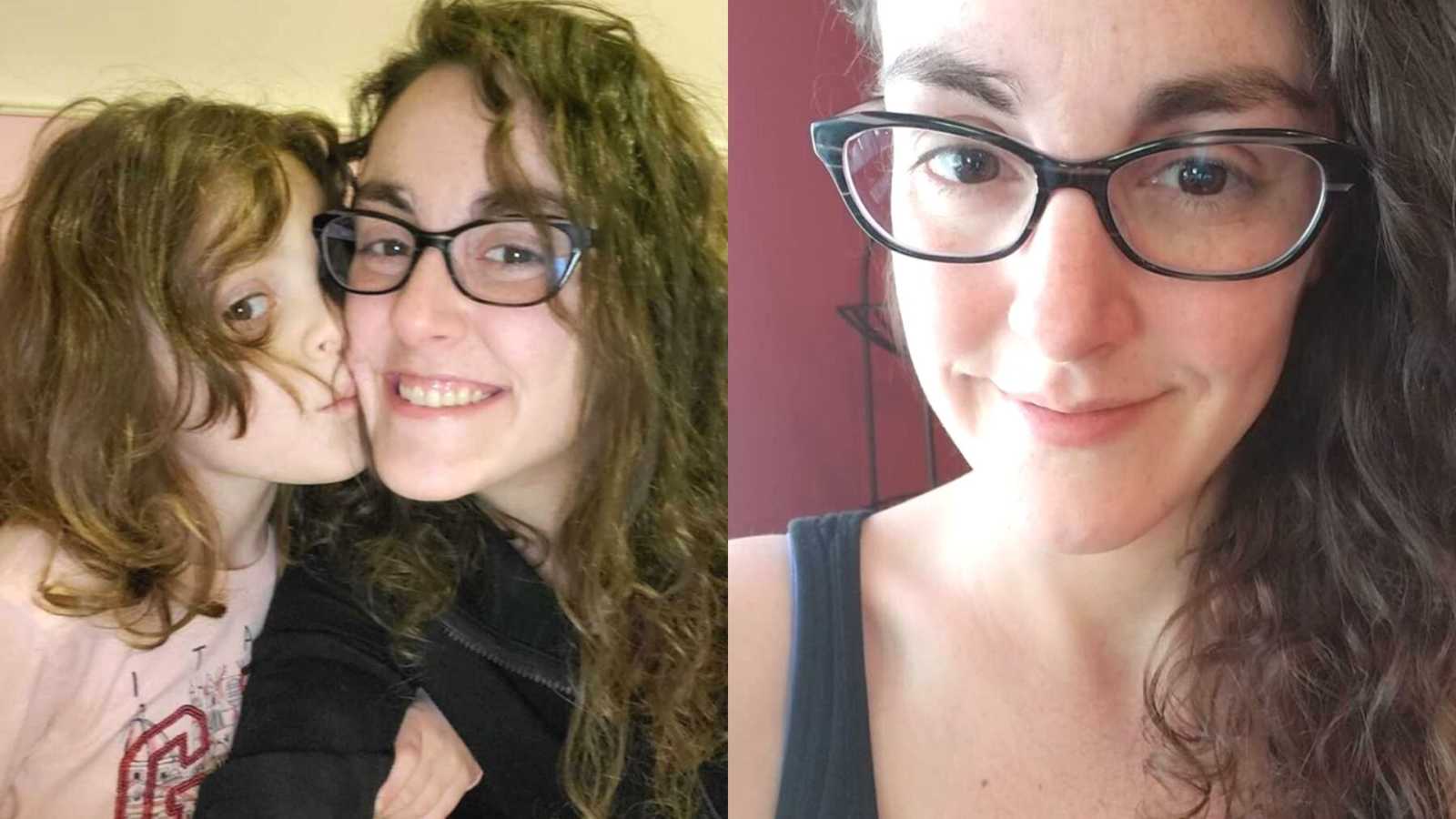Growing Up With Sensory Processing Disorder
“I’m 36, married, and a mom of 3. I’m also an author, illustrator, and corporate educator. On the surface, I live a pretty normal life. I don’t have any apparent disabilities or special needs, and I function as a person who is able-bodied and healthy. There’s just one thing: a hidden disorder that can sometimes feel crippling.
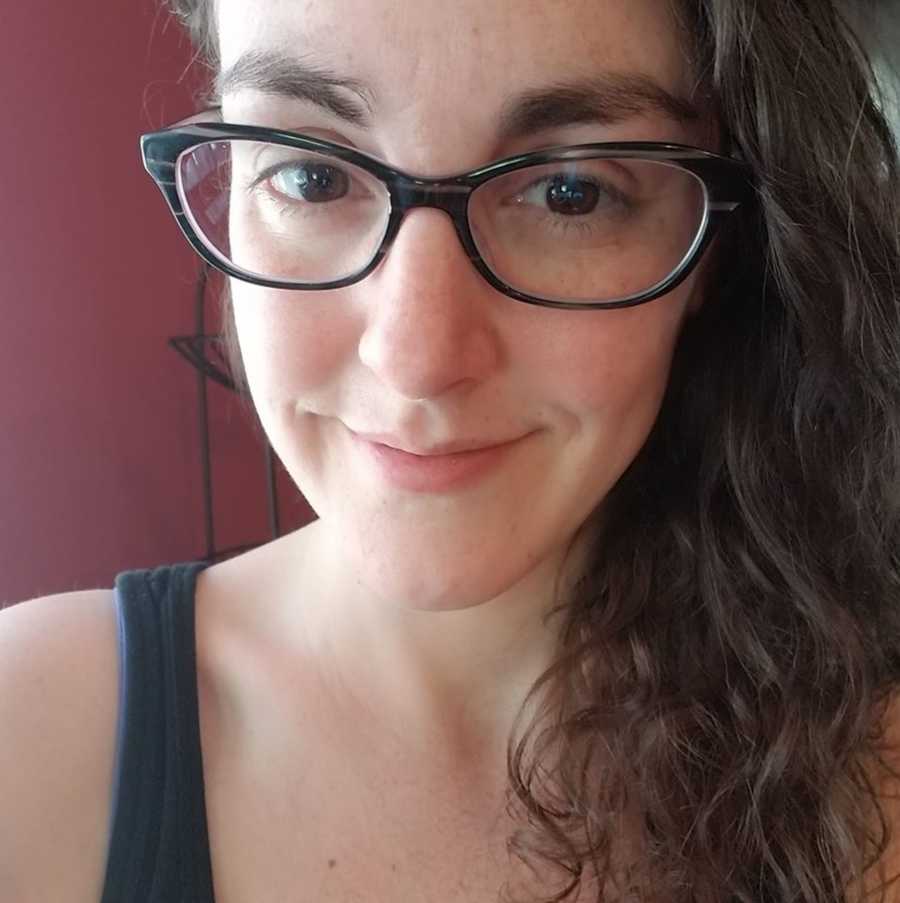
What’s astounding is that I didn’t have a clue I had it until I was 34. Why is this so astounding? Well, according to a study conducted by the University of California San Francisco, Sensory Processing Disorder, or SPD, is more prevalent in children than autism, and it’s as common as Attention Deficit Hyperactivity Disorder (ADHD). When was the last time you encountered an article about SPD in mainstream media, though? I don’t think I have ever come across one. I can only imagine how many adults are living with SPD and have no idea they have it.
Growing up with SPD, I often felt a lot of anxiety. My parents used to joke about me constantly complaining my diapers were too loose or too tight. As a toddler, I would undress immediately after being put into clothes, to the intense chagrin of my working mother. As a preteen, I couldn’t stand the feeling of my brothers sitting next to me when we had to squeeze together in the backseat of the car. I would desperately put my hands beside my thighs to get relief from the overwhelming anxiety I felt because their legs were pressed against mine.

As a young adult, I developed the habit of sleeping with a fan to drown out noises around me, particularly snoring, even if it was coming from another floor entirely. I vividly remember trying to study for college exams but being overcome by intense anxiety from the booming music the downstairs neighbors were playing.
As an adult, these things (and many, MANY more) still plague me.
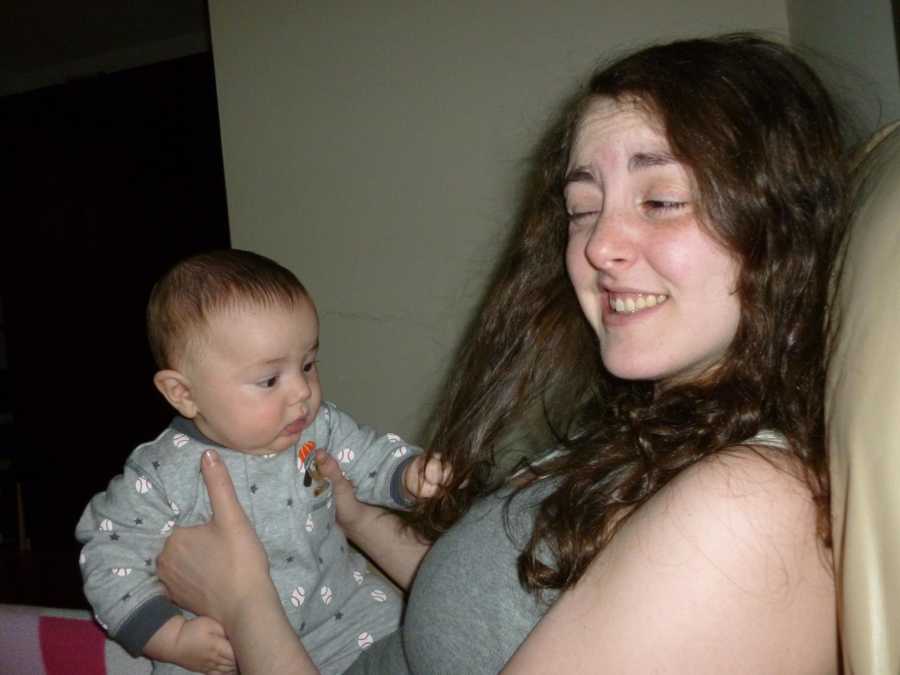
Motherhood Journey
Eventually, I found ways to manage. Life is actually really great right now. I still, however, have anxieties tied to sensory inputs every single day. I even had a stress-induced heart attack at 34…and the straw that broke the camel’s back? The piccolo. I had a heart attack at the age of 34, and what sent me to the hospital was the high-pitched sound of a musical instrument.
What’s crazy to me about all of this is that I didn’t have a clue that my anxieties were tied to a disorder. I lived my life with daily anxiety and found ways to just deal with it. It wasn’t until I started noticing some strange behaviors from my then 3-year-old daughter that I was finally on a path to figuring it out.
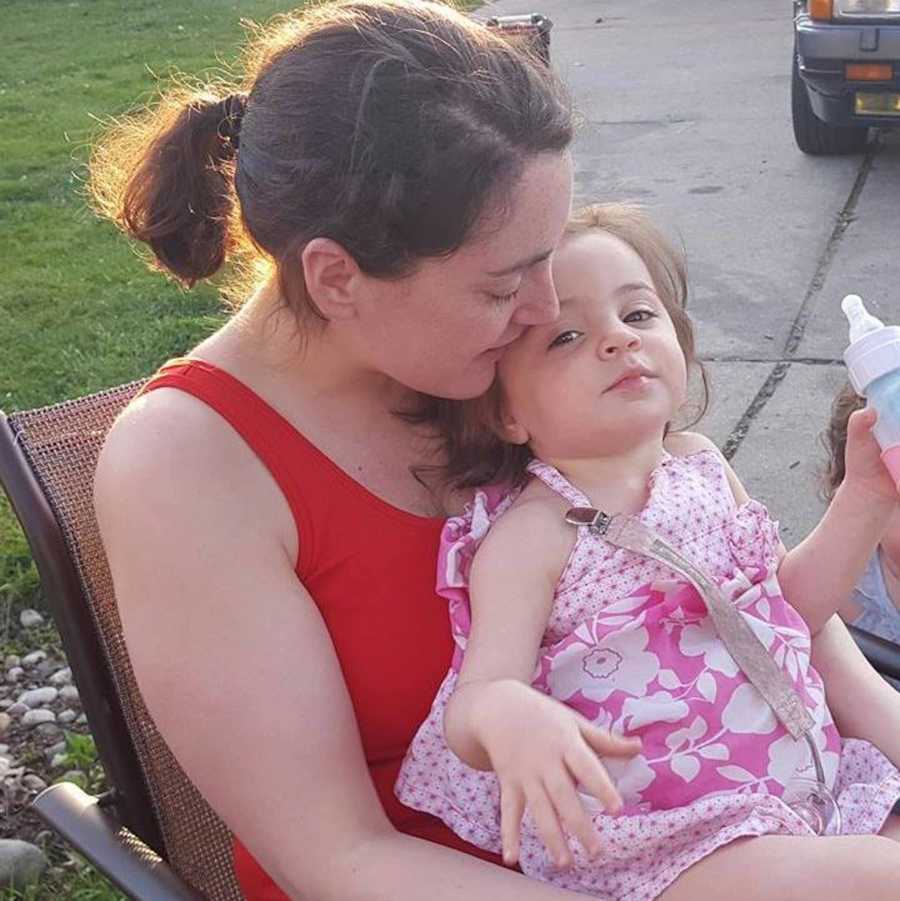
I began to notice she was unusually clumsy: knocking stuff over all the time, randomly bumping into people, or running into things. She would throw her body around in the oddest of ways, turning herself upside down, hanging from the fireplace mantle, and being completely reckless for no immediately apparent reason. She was also constantly pulling off her clothes.
I vividly remember the day I was first introduced to SPD. I was in therapy expressing frustration with some of the things my daughter had been doing, and my therapist walked over to her bookshelf, grabbed a book, and handed it to me. It was The Out of Sync Child. I didn’t know it at the time, but my life would never be the same after reading that book.
I immediately downloaded the book on Audible (because who was I kidding, that was going to be the only way I would actually read it) and started listening to it.
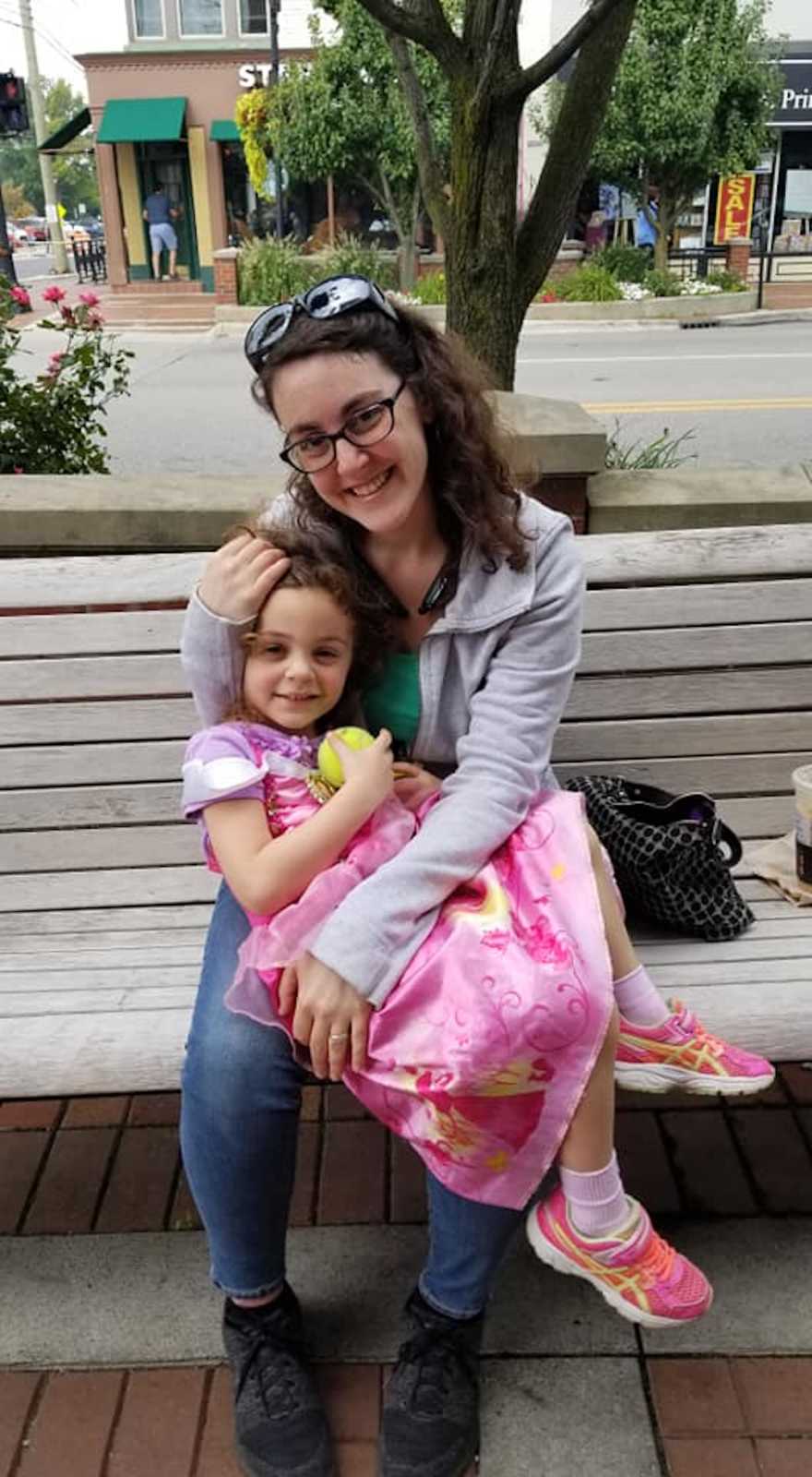
I quickly discovered that my daughter had SPD and that she was mostly a ‘sensory seeker.’ This means her brain processes sensory inputs in a more muted way than people who don’t have SPD. She would ‘seek’ more intense sensory inputs and even crave them. She also had a very hard time understanding where her body was in relation to other things, which led to many physical blunders and accidents (it was also the reason she was so quick to recover from them, since she didn’t feel the same level of pain as a person without SPD).
At this point, I was so focused on getting to the bottom of what my daughter had, I STILL didn’t connect the dots about my own SPD. This is because my version of SPD was, for the most part, the opposite of her version, with a tiny bit of overlap. I’m a ‘sensory avoider’ and have hypersensitivity to many sensory inputs.
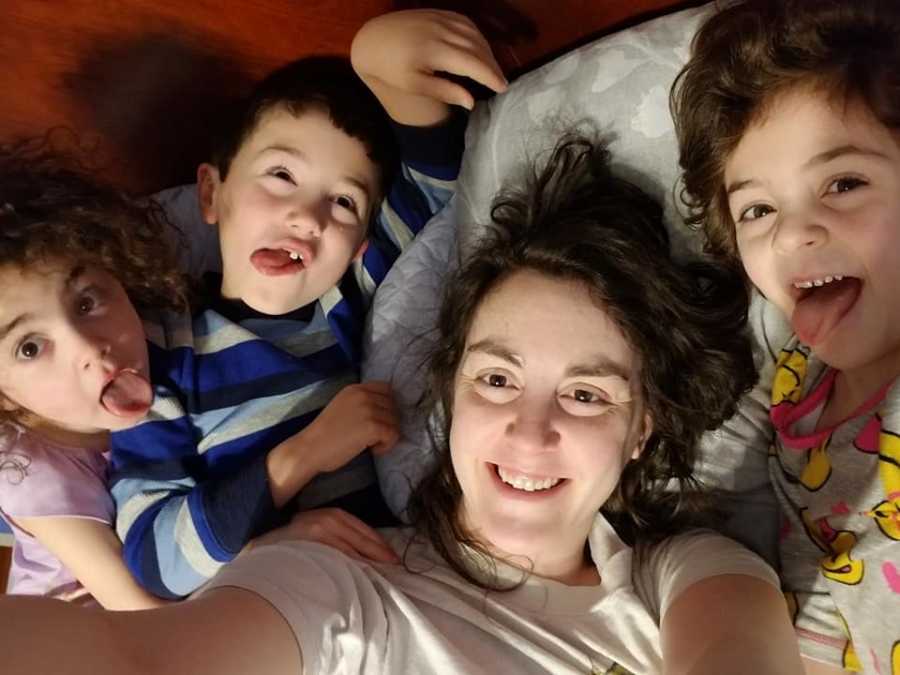
Managing My Daughter’s SPD
I immediately started researching ways to help my daughter. Luckily, I have a mom who specializes in sensory integration and who spent over 35 years practicing pediatric Occupational Therapy (OT). Now, before you ask how my mom could have missed my SPD, let me just tell you that even though she didn’t connect those particular dots, she raised me with an extreme amount of empathy and was my greatest advocate. So, when school administrators and teachers were telling her there was ‘something wrong’ with me, she was there advocating for me every step of the way.
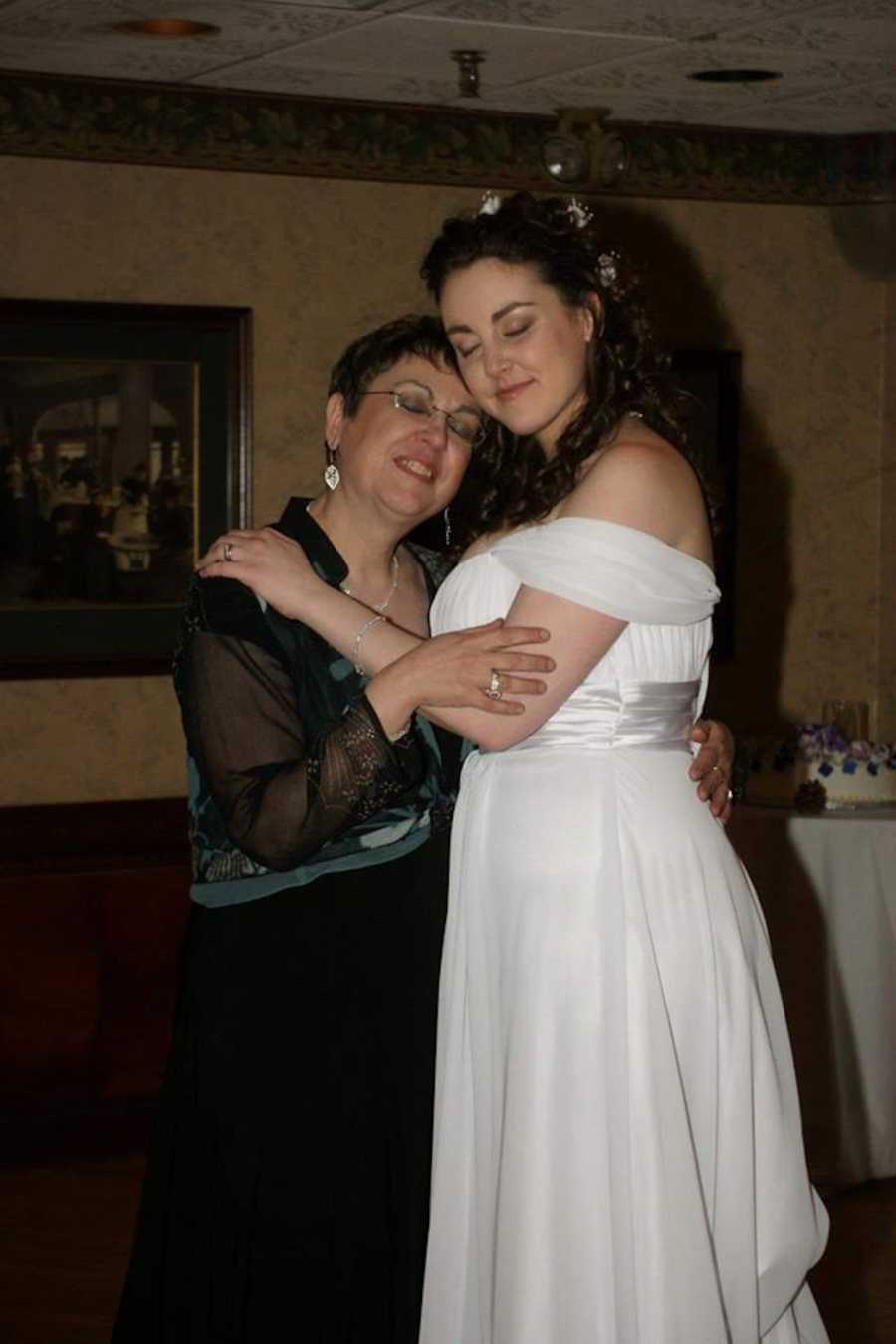
I spent several hours on the phone with my extremely knowledgeable mom learning everything I could about sensory seeking SPD. She explained it would be best for me to get my daughter into Occupational Therapy as quickly as possible, and that I shouldn’t wait for my daughter to be in school, because then we’d be fighting a much steeper uphill battle (my daughter was still about a year away from entering school at the time). She also recommended I get her evaluated by a sensory integration specialist, since my mom lived in another state and could not do the evaluation herself. She explained it would be much easier to get support from my daughter’s school with documentation detailing her disorder.
And she was right – about all of it.
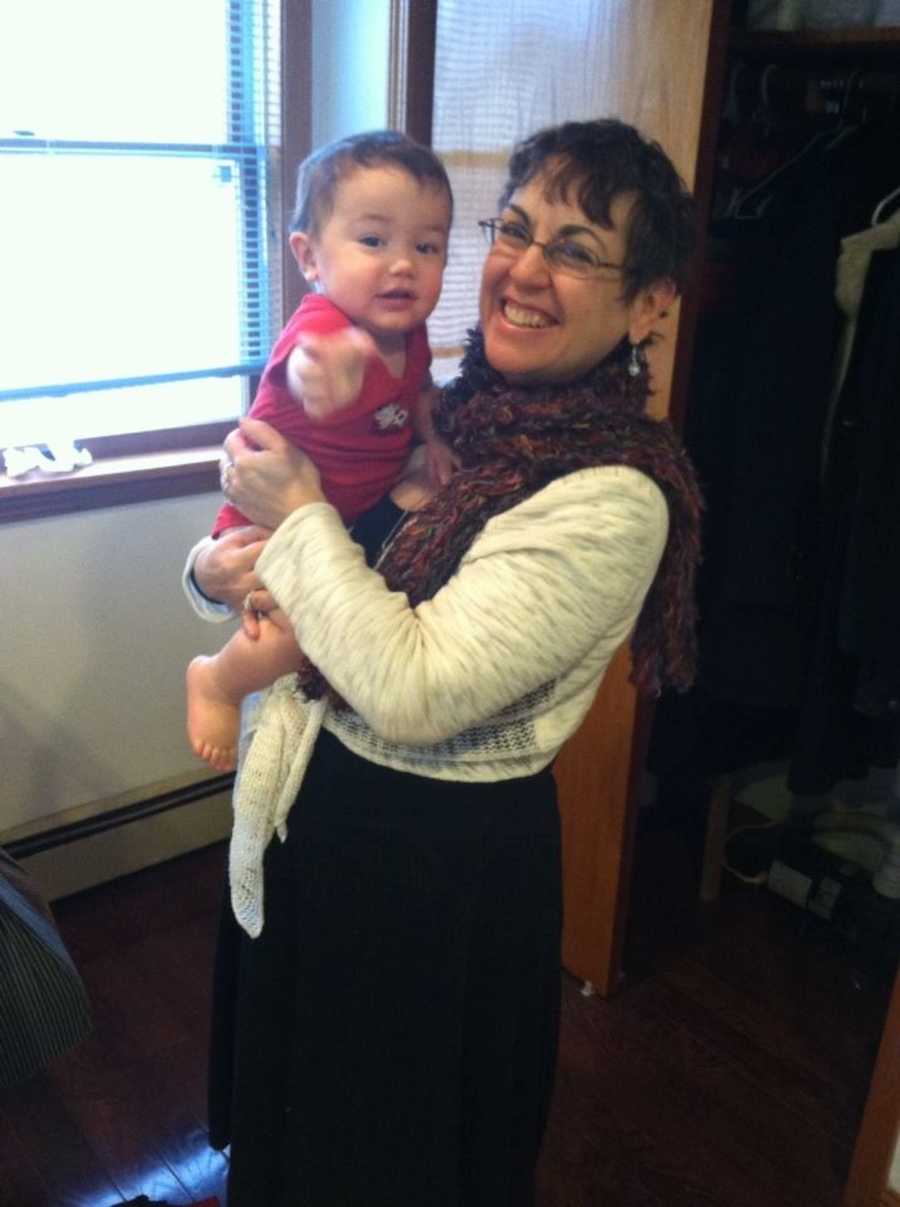
A few months before our daughter entered kindergarten, my husband and I met with the principal and explained her disorder. The principal was extremely receptive to what we shared and was willing to work with us to ensure our daughter got access to many important accommodations, despite the fact SPD isn’t recognized in our state as a distinct disorder that qualifies for government-funded special education services.
All of this set the stage for an EXTREMELY conducive learning environment for our daughter.
My daughter is now five years old, and it has been five months since she started school. While we’ve had some bumps along the way (she literally had a giant welt on her head the second week of school from banging her head against a cafeteria table), it has been such a positive experience overall. Her teacher has not expressed any concerns regarding her ability to sit still in class and focus, two things she still struggles with at home.
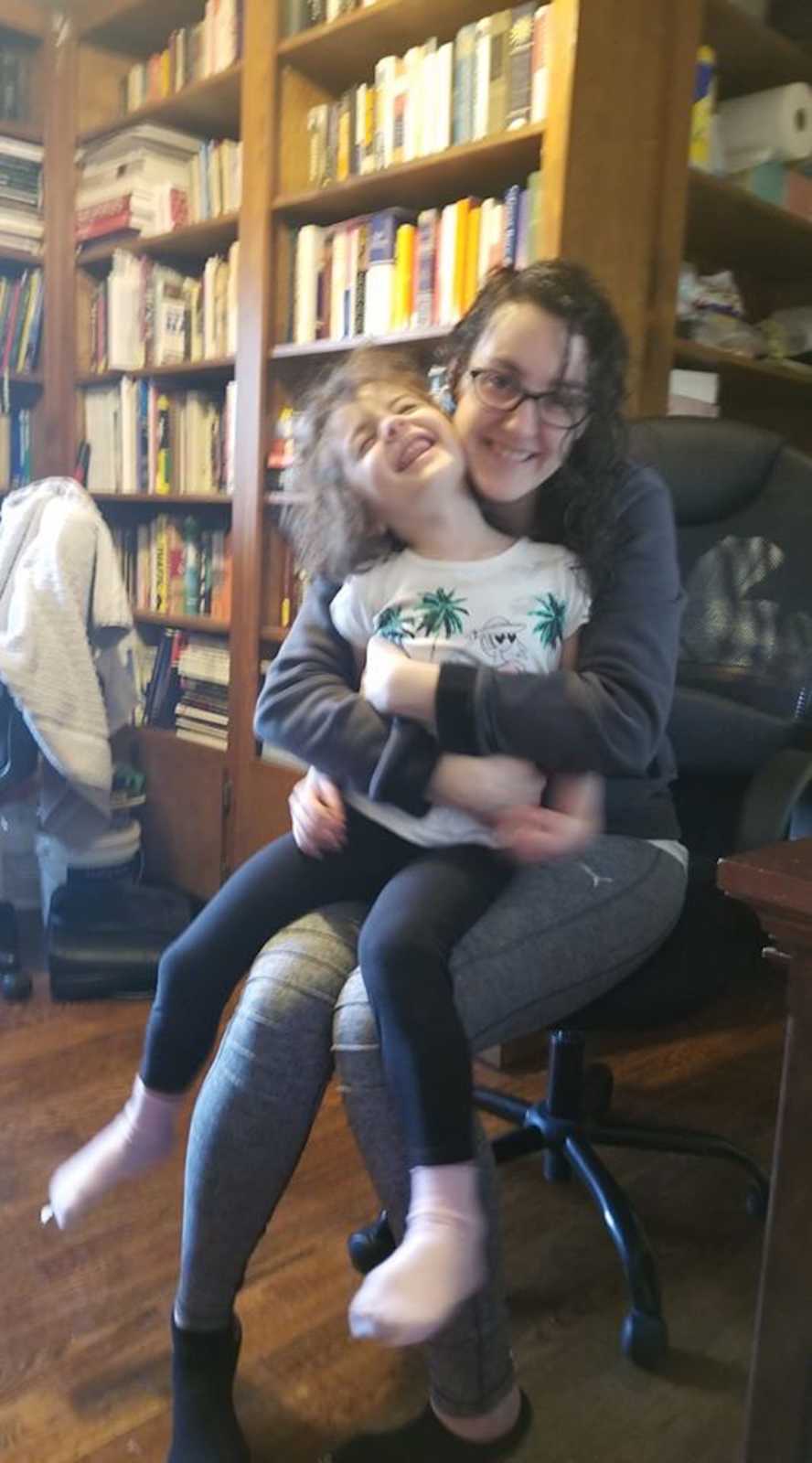
Getting Diagnosed
Then one day, I was lying in bed feeling extreme anxiety about some noise or other, and it hit me like a ton of bricks…I HAVE SPD. That realization was both life-altering and freeing like nothing I had ever experienced before. Everything suddenly made sense, and the guilt I had previously felt any time I had to request others accommodate me (like the time I asked a co-worker to turn off her radio) completely melted away. What I was going through was not my fault.
Not only was it not my fault, but it was UNDERSTANDABLE. I have a disorder that causes my brain to be overstimulated by sensory inputs. A DISORDER is the reason I am so ‘particular.’ And in that moment, I realized it’s okay I have the reactions that I do, and there is absolutely no shame in any of it.
This was the most comforting discovery of my entire life.
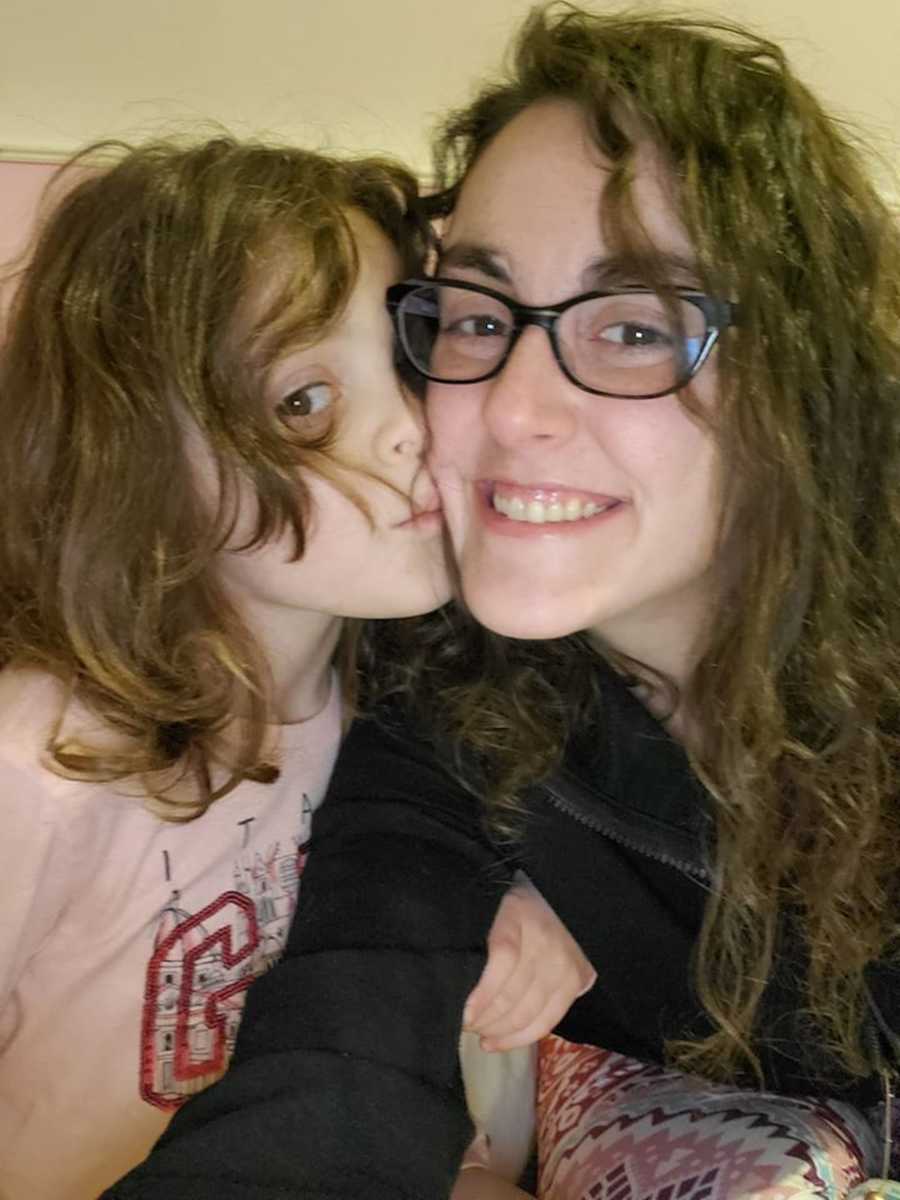
One day several months later, I realized something kind of huge: My discovery of SPD, along with the knowledge I had since gained, had completely transformed the way I exist in the world. It had also altered the course of my daughter’s life in a majorly positive way. Thinking about it, I realized this knowledge could easily help lots of others too.
It could help children who feel as if something is ‘wrong with them,’ and that it’s somehow their fault. It could help adults better understand their children. It could help adults advocate for their children more effectively. It could HELP. I decided to write a children’s book about SPD to spread awareness, particularly the seeking kind, which is a much more hidden version of the disorder (because avoiders often express their anxieties overtly and with great agitation).
Empowering Those Struggling With SDP
I wrote this book, Rosalee the Seeker: A Sensory Processing Disorder Story, very carefully. I collaborated with my mom because I wanted to ensure the information in my book was 100% supported by documented research. (She provided extremely nuanced input regarding the illustrations as well.) I didn’t just want to create an entertaining book about SPD; I wanted to create a book that would have a real impact on people.
With this book, I want to empower children by assuring them their actions are not their fault; support them so they feel understood, not alone; and educate parents so they no longer unintentionally blame their children for anxieties/behaviors (‘You spilled your drink AGAIN? You need to be more careful!’). My hope is that sharing this information will inspire those parents to do their own research and consult professionals. Doing this is essential for them to effectively assist their children in getting their needs met, ultimately minimizing the problematic anxieties/behaviors.
As I mentioned earlier, this book will focus on sensory seeking SPD. I plan on writing three more SPD books, two of which will focus on sensory avoiding SPD. I want to help as many people as possible with these books. Mostly, I want to help the little girl inside of me who spent 34 years of her life feeling there was ‘something wrong’ with her and feeling so much shame. I want to hug her and tell her it’s not her fault.
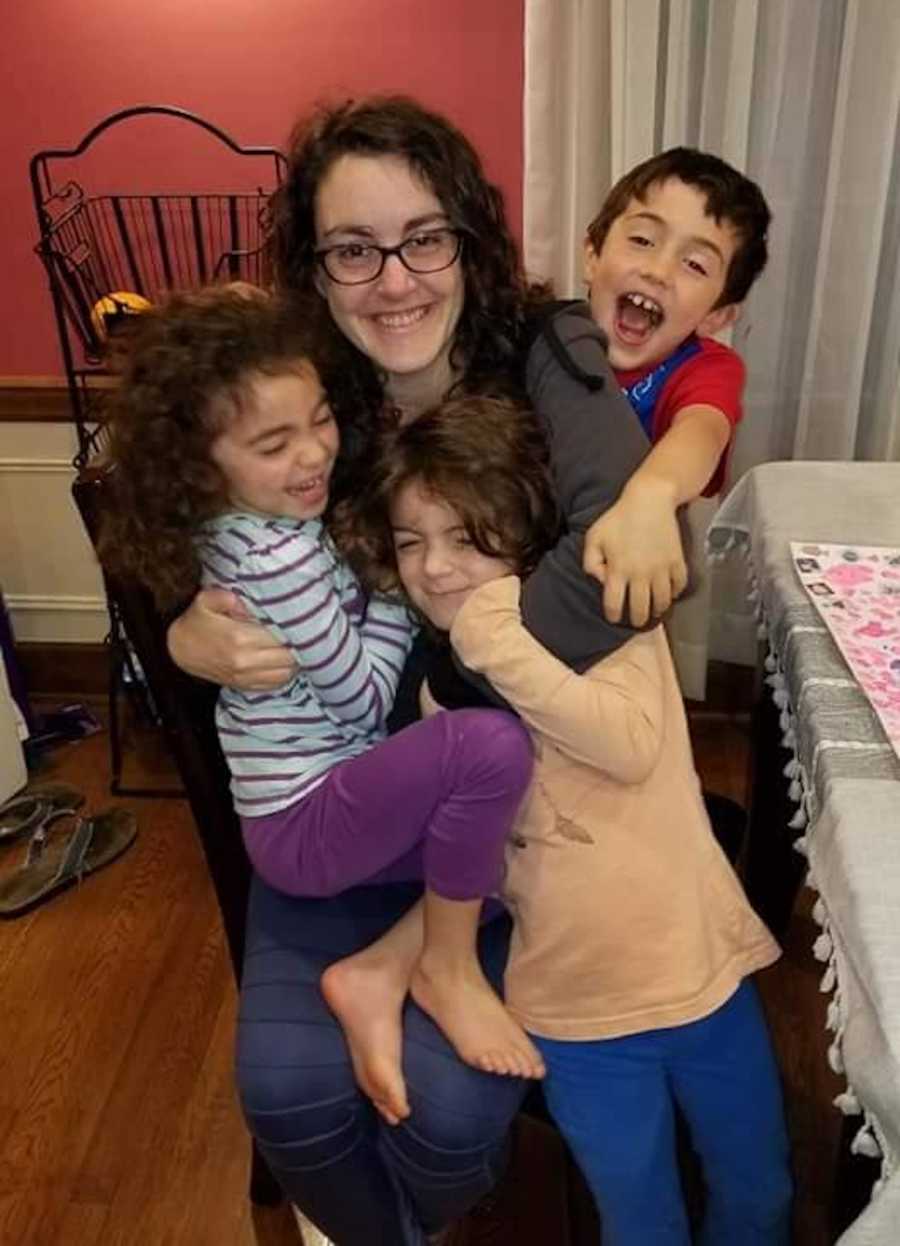
That little girl is my daughter. She’s all the children around the world growing up with SPD. She’s the little child inside adults all over the world, who, like me, recently discovered that their lifelong struggles were because of this hidden disorder.
If this is your child, please give them a little extra attention tonight and let them know YOU know it’s not their fault. Then, remind yourself of this every time you feel overwhelmed by your child’s anxieties/behaviors.
If this is you, I’m sending you a warm virtual hug, and I hope you now know…
It is not your fault.”
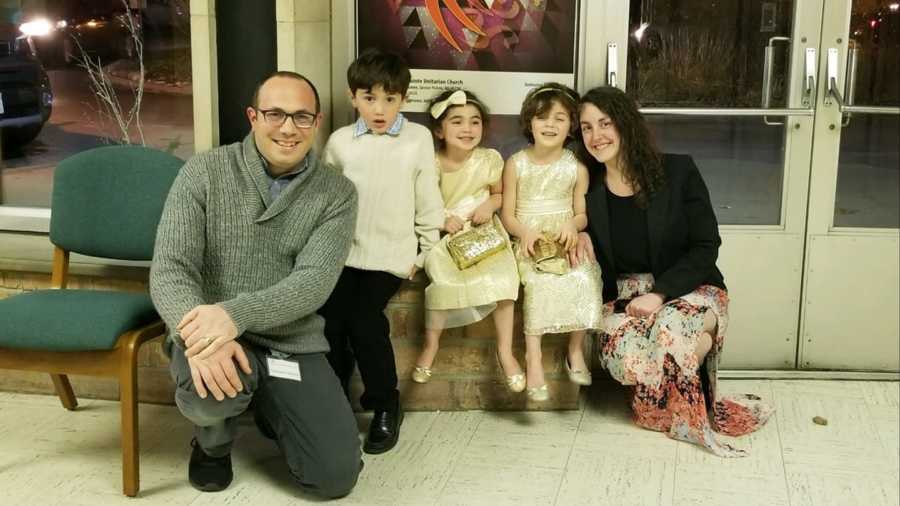
This story was submitted to Love What Matters by Nicole Filippone of Grosse Pointe, MI. You can follow her journey on Facebook and on Instagram. Submit your own story here and be sure to subscribe to our free email newsletter for our best stories, and YouTube for our best videos.
Read more touching stories like this:
Do you know someone who could benefit from reading this? SHARE this story on Facebook with family and friends.

